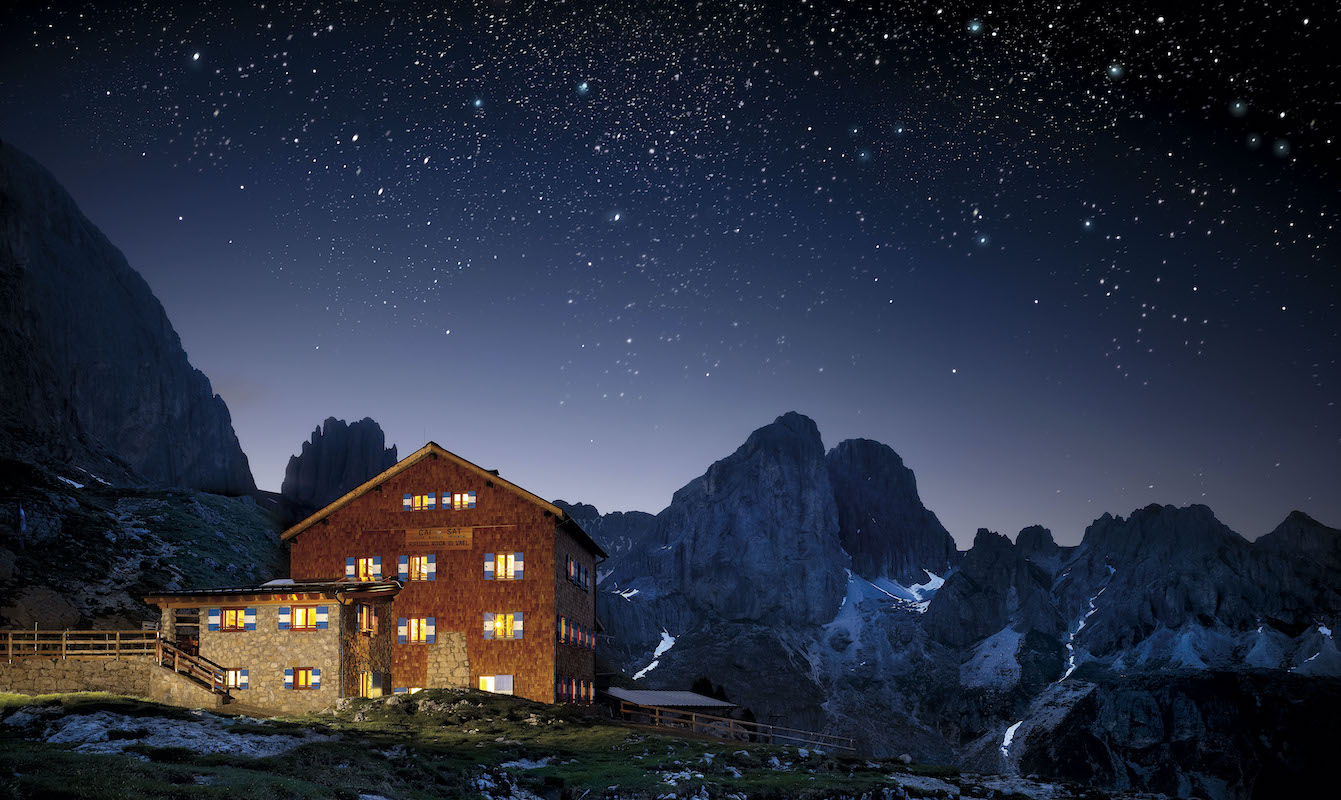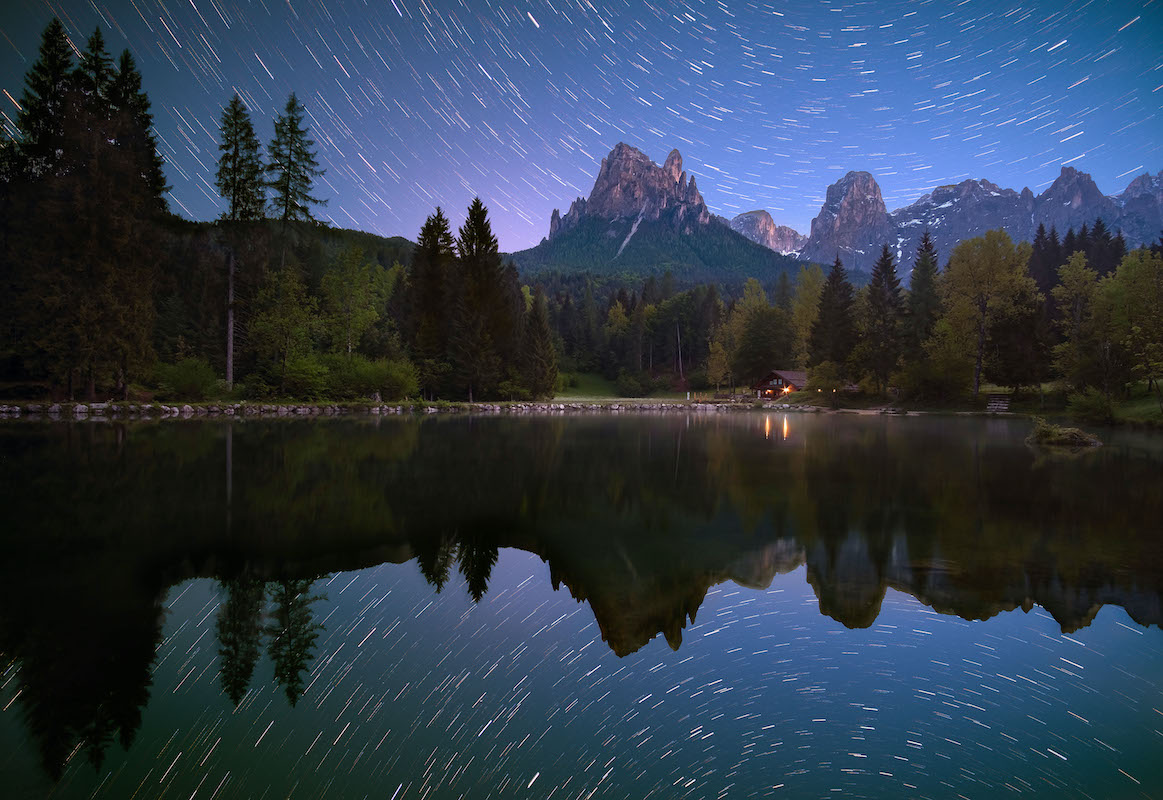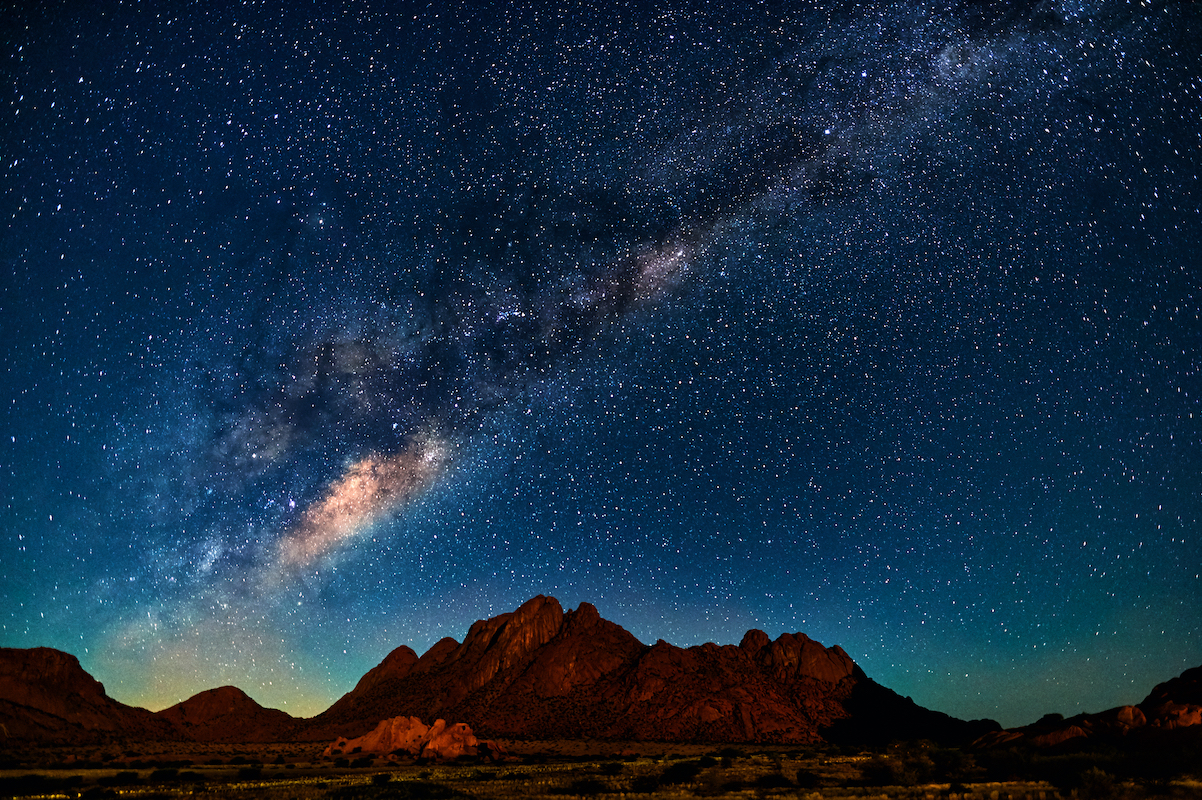This website uses cookies so that we can provide you with the best user experience possible. Cookie information is stored in your browser and performs functions such as recognising you when you return to our website and helping our team to understand which sections of the website you find most interesting and useful.
Written in the stars: Tempus explores the out-of-this-world travel trend of astrotourism
By Ross Forbes | 6 November 2020 | Culture, Travel
Tempus explores the travel trend designed to help us do just that. Welcome to the out-of-this-world realm of astrotourism.

The stars have always been a source of inspiration to humanity and, as remote and digital working trends accelerate beyond our wildest predictions this year, there’s rarely been a better time to rediscover the abiding beauty of the night sky.
While, for many, the convenience of doing business from wherever we happen to be has certainly had its perks since the advent of lockdown in March, leaders of industry have also noticed an increase in screen time and over-digitalisation making its presence known in their lives and companies.
While the ability to switch off and give our overworked eyes – and minds – a much-needed break is paramount in these times, continued travel and dining restrictions can make it difficult to plan the usual relaxing ski breaks or paradise island trips.
Enter an unexpected emerging trend in luxury travel: astrotourism.
At its heart, astrotourism is a very clever rebranding of what has, until now, been seen as a niche interest. From finding the clearest skies, chasing eclipses, or searching for elusive shooting stars, there are many destinations around the world that count stargazing among their most popular guest experiences.
Famous stargazers include musician- turned-physicist Brian Cox, who popularised astrotourism with his BBC documentaries charting astronomical events. “When we look out into space, we are looking into our own origins, because we are truly children of the stars,” he says. >>
Related: The route to heaven: a weekend spent in southern Tuscany

The night sky constantly changes depending on where you are in the world and the time of year, with constellations, meteors and planets all easily visible. But there are sure-fire ways to see more – if you know where to look.
The key to getting the best out of astrotourism is to head off grid, away from the light pollution of big cities and into the clear nights of deep rural areas. An added bonus to this requirement is that, by heading to remote destinations and low- lit lodges, stargazing can in fact help spread the impact of tourism more evenly across the planet – from rates of carbon footprint to investment into local economies.
CHILDREN OF THE STARS
To find some of the world’s darkest skies, head to Namibia. With the nearest community more than 60 miles away, NamibRand Nature Reserve was awarded gold tier Dark Sky Reserve status by the International Dark-Sky Association in 2012; its remote location allows for clear views of the spectacular Southern Cross and Scorpio constellations, among others. Don’t miss nearby Boulders Safari Camp, part of the Wolwedans Collection, which offers guests a two-night hiking trail and chance to sleep under the stars.
For island-lovers, Mauritius’ idyllic Bubble Lodge allows guests to sleep in transparent, eco-friendly “dreaming bubbles” created by French designer Pierre Stéphane Dumas. There, an on-site astronomer will help guests identify constellations and other night-sky phenomena, such as Pegasus and the Milky Way.
A third far-flung star spot is the Puerto Rican island of Vieques, which has remarkably low levels of light pollution thanks to its status as a protected nature reserve. On moonless nights, take a Bio Bay Tour of Mosquito Bay, one of just five bioluminescent bays in the world. >>
Related: The top six wine destinations around the world designed for exploration

Though the stars themselves may seem out of reach, the best places to see the night sky in vivid detail might be closer to home than you think. For a romantic, starlit experience, the mountains of Trentino boast the most beautiful skies in Italy. In fact, this luxurious destination is one of the best places on earth to witness the full majesty of the Milky Way. Head to the Val di Sole valley, where you can gaze at the heavens surrounded by fresh air and alpine scenery.
OVER THE MOON
Areas of the UK also offer unparalleled views of the constellations – Exmoor National Park, the Welsh Brecon Beacons, Scotland’s Dark Sky Park in Galloway Forest and the Storr on the Isle of Skye are but a few.
The richest astronomical experience is perhaps closest to home, on the Isle of Wight. A designated Unesco Biosphere Reserve, with some of the darkest skies in the UK, this small island off the south coast is easily accessible via Wightlink ferry. The best stargazing locations lie along the Military Road on the south-west coast of the island, where astrotourists can view the Milky Way, Cassiopeia, Orion, the Plough and more. Enthusiasts should also head to the Island Planetarium at Fort Victoria to learn more about the dazzling galaxies above.
Wherever one chooses to travel to make the most of the night sky, and whether on the hunt for a scientific adventure or a romantic, rejuvenating trip, the key to unwinding lies in embracing the stillness, majesty and vastness of space – then, after re-learning how to disconnect, we can remember what it’s like to reach for the stars.







